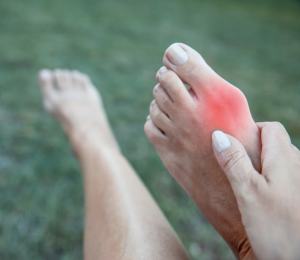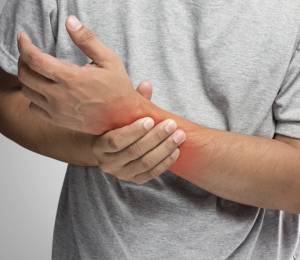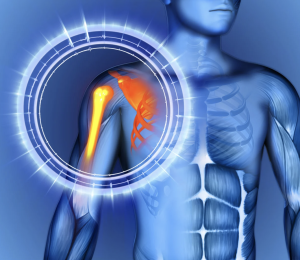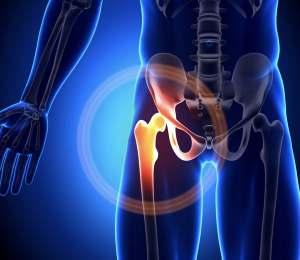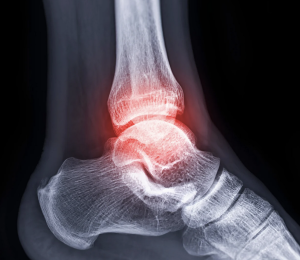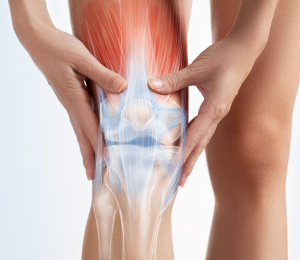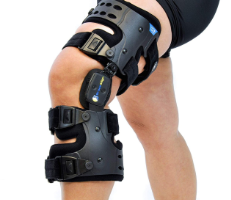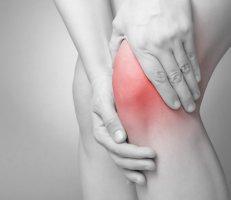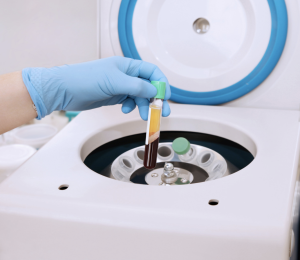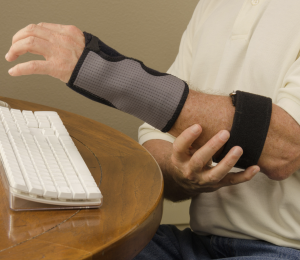What is Tendinitis?
Your tendons are tough bands of tissue that attach muscles to your bones. When this tissue becomes irritated, inflammation occurs that causes persistent pain around your joints.
Tendinitis is also known by other names, depending on the specific joint area that’s inflamed, such as:
- Tennis elbow
- Golfer’s elbow
- Jumper’s knee
- Pitcher’s shoulder
Without proper treatment, tendinitis can progress and cause a rupturing of your tendon that ultimately requires surgery.
What Causes Tendinitis?
Several factors can influence your risk for developing tendinitis. As you age, your tendons lose some of their flexibility, making you more susceptible to injuries. You may also develop tendinitis if you work in a job that requires repetitive motions or a lot of overhead reaching.
Athletes are at risk for tendinitis due to the repetitive motions involved in many sports, especially tennis, golf, and swimming.
Symptoms that may indicate you’re developing tendinitis include persistent tenderness and pain in any area where tendons attach to bone. You may also experience swelling, especially after lots of movement, or find it difficult to move the nearby joint.
What Treatment Options are Available for Tendinitis?
Your Commonwealth Orthopaedic Associates provider assesses your condition to determine how severe the inflammation in the tendon is before creating a custom treatment plan.
In many cases, you can expect to rest the affected area for 2-3 days and use over-the-counter or prescription medications and ice therapy to alleviate pain and swelling.
If these therapies don’t effectively address your discomfort, your provider may recommend other treatment options for tendinitis, including physical therapy and corticosteroid injections, which can reduce inflammation.
Platelet-rich plasma (PRP) therapy is also available. PRP uses growth factors in your own blood plasma to heal the injured tendon from the inside out. Injections of a highly concentrated plasma into the tendon produce new, healthier cells that repair damaged tendon tissue over time.
You may also be a candidate for Tenex Health TX™, a minimally invasive technique that uses ultrasonic technology to break down and remove damaged tissue.
If your tendon ruptures or separates from your bone, you may need to undergo surgery. Traditional and minimally invasive surgical options are available to repair the injured or damaged tendon and increase your overall functionality.
If pain or limited mobility is affecting your life, schedule a tendinitis evaluation online or by calling Commonwealth Orthopaedic Associates.




